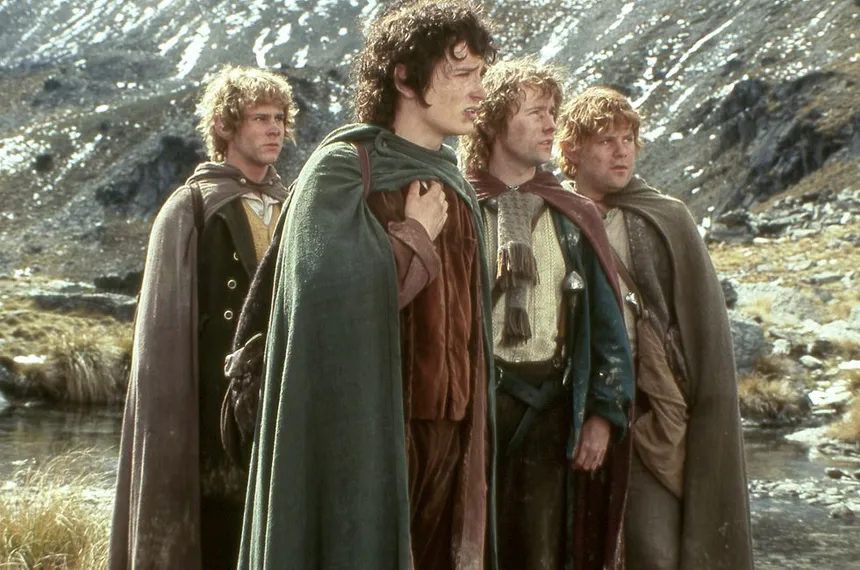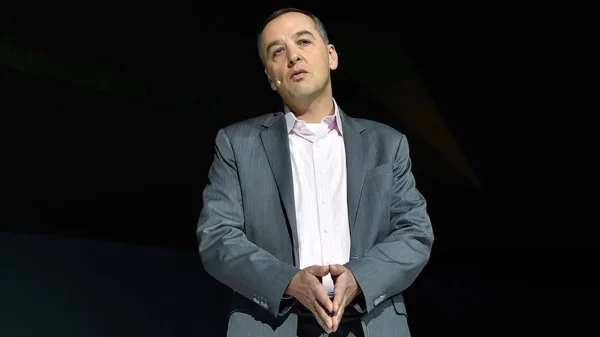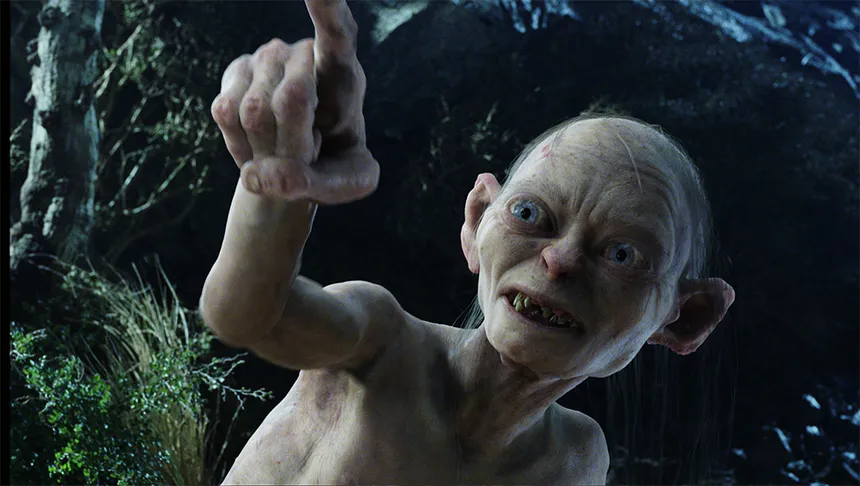As the Lord of the Rings franchise continues to grow, it is essential to recognize the limitations of focusing on a narrow time frame within Middle-earth’s history. The franchise has primarily explored the destruction of the One Ring at the expense of the vast history Middle-earth offers. With thousands of years of history, the franchise is doing itself a disservice by ignoring the vast majority of the lore. The reluctance to venture out of the same time period has resulted in a narrow focus on the destruction of the One Ring, leading to a lack of exploration of the Second and Third Ages, which are rich in stories and characters.
The upcoming live-action film, The Lord of the Rings: The Hunt for Gollum, highlights the problem of the franchise’s focus on a single story. The film continues to explore the same time period, following a familiar character from the previous films. This narrow focus threatens the franchise’s continuity, as the more films explore the same time period, the more likely they are to contradict each other.

A Still From The Lord of the Rings. (Via IMDB)
The Lord of the Rings franchise has also attempted to connect its stories too closely in the past. The Hobbit’s inclusion of Legolas, for instance, was an unnecessary addition that only served to pull in fans of the original trilogy. Venturing to new time frames would help prevent such inconsistencies and allow for a fresh start. The franchise has the potential to explore unique stories, characters, and legends within Middle-earth, offering a fresh take on the beloved franchise.
It’s long past time for the franchise to expand into the vast history Middle-earth provides. The franchise has the opportunity to explore the forgotten ages of Middle-earth, offering a fresh and exciting new direction for the franchise. The Lord of the Rings has plenty of potential to expand, with thousands of years and unexplored Ages waiting to be explored. Fans eagerly await the next installment of the Lord of the Rings franchise, hoping to see the franchise take a bold new direction.
























